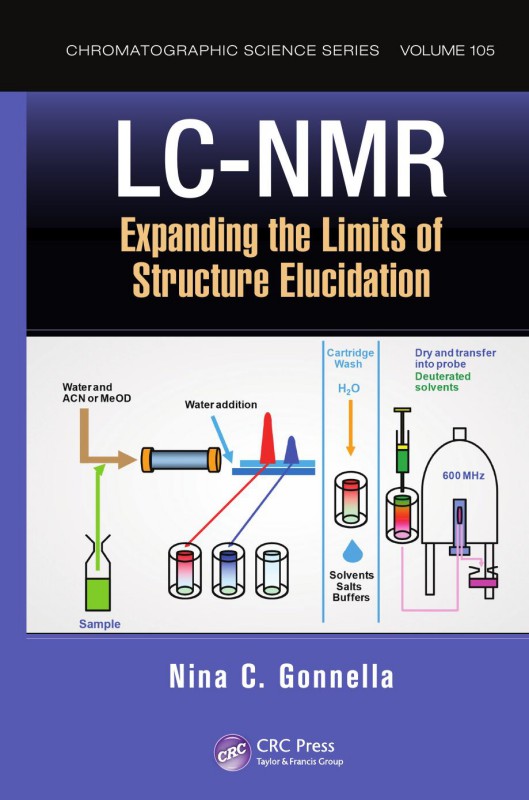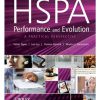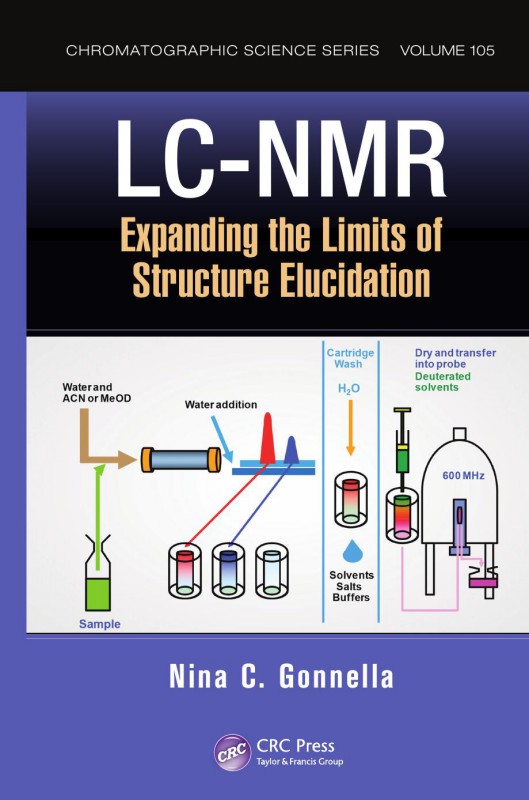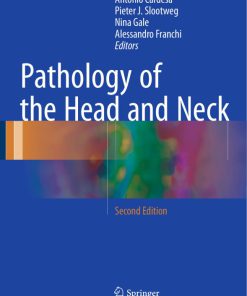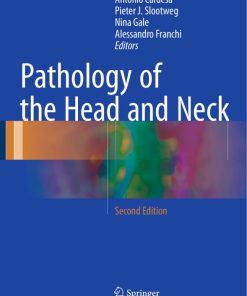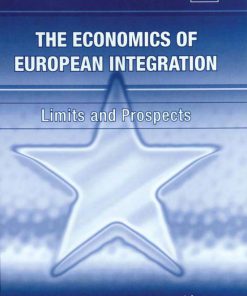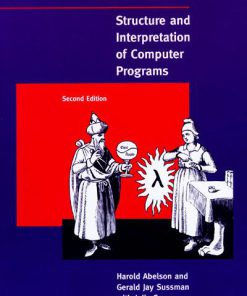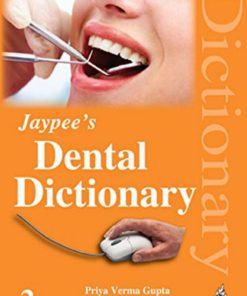LC NMR Expanding the Limits of Structure Elucidation 2nd Edition by Nina Gonnella ISBN 9781351023726 1351023721
Original price was: $50.00.$25.00Current price is: $25.00.
Authors:Nina C Gonnella; Taylor; Francis Group , Series:Chemistry [15] , Tags:Chemistry , Author sort:Gonnella, Nina C & Taylor & Group, Francis , Ids:9781032237749 , Languages:Languages:eng , Published:Published:Dec 2021 , Publisher:Taylor & Francis Limited , Comments:Comments:The isolation and structural characterization of substances present at very low concentrations, as is necessary to satisfy regulatory requirements for pharmaceutical drug degradants and impurities, can present scientific challenges. The coupling of HPLC with NMR spectroscopy has been at the forefront of cutting-edge technologies to address these issues. LC-NMR: Expanding the Limits of Structure Elucidation presents a comprehensive overview of key concepts in HPLC and NMR that are required to achieve definitive structure elucidation with very low levels of analytes. Because skill sets from both of these highly established disciplines are involved in LC-NMR, the author provides introductory background to facilitate readers’ proficiency in both areas, including an entire chapter on NMR theory.The much-anticipated second edition provides guidance in setting up LC-NMR systems, discussion of LC methods that are compatible with NMR, and an update on recent hardware and software advances for system performance, such as improvements in magnet design, probe technology, and solvent suppression techniques that enable unprecedented mass sensitivity in NMR. This edition features methods to quantify concentration and assess purity of isolated metabolites on the micro scale and incorporates computational approaches to accelerate the structure elucidation process. The author also includes implementation and application of qNMR and automated and practical use of computational chemistry combined with QM and DFT to predict highly accurate NMR chemical shifts. The text focuses on current developments in chromatographic-NMR integration, with particular emphasis on utility in the pharmaceutical industry. Applications include trace analysis, analysis of mixtures, and structural characterization of degradation products, impurities, metabolites, peptides, and more. The text discusses novel uses and emerging technologies that challenge detection limits as well future directions for this important technique. This book is a practical primary resource for NMR structure determination–including theory and application–that guides the reader through the steps required for isolation and NMR structure elucidation on the micro scale.

